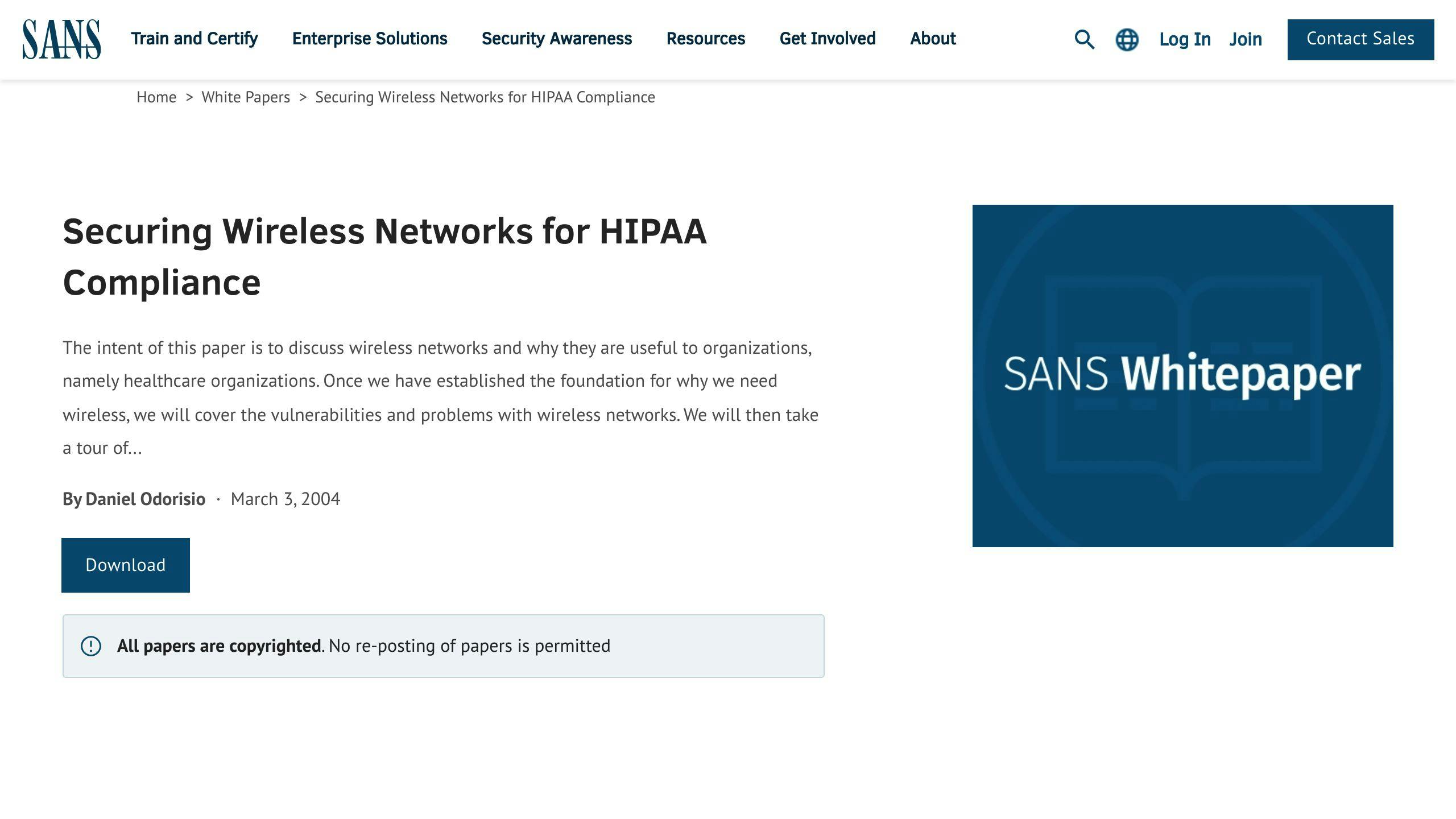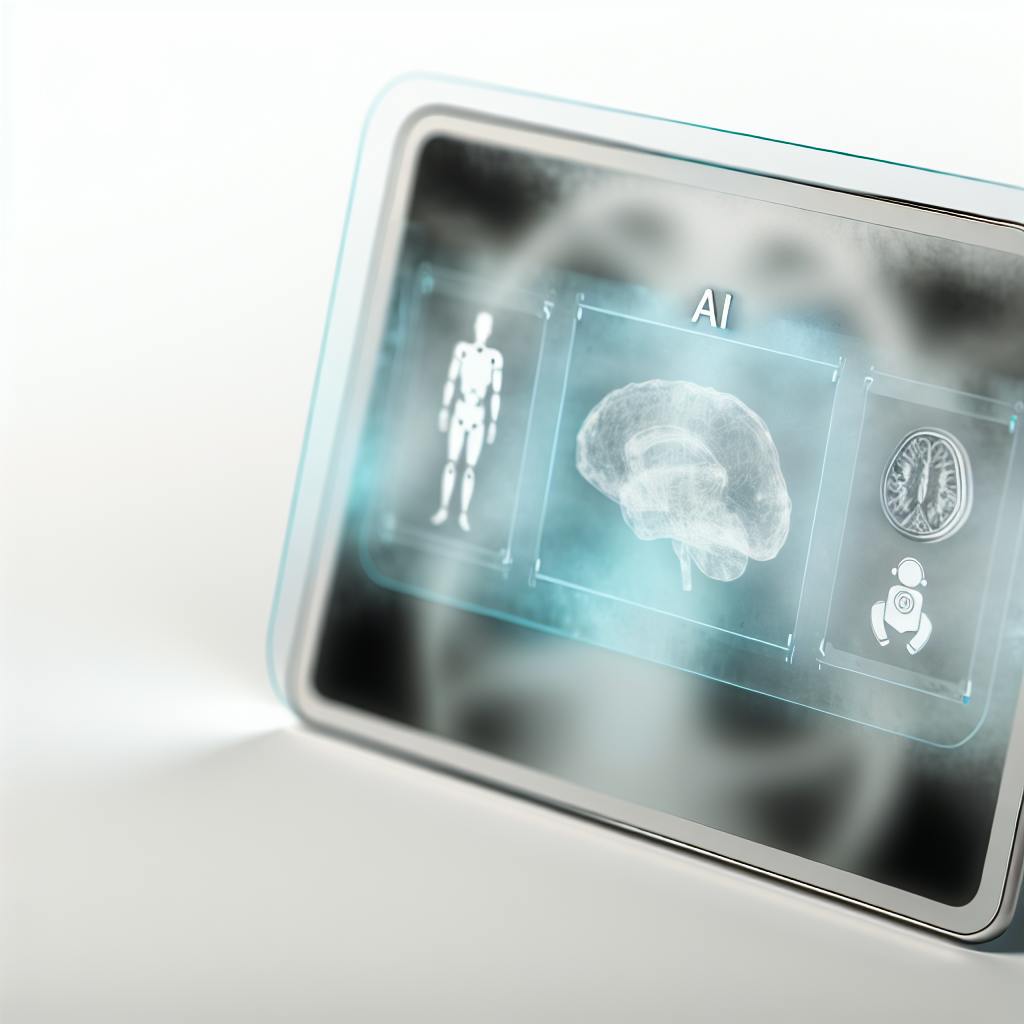In healthcare, protecting patient data is a top priority. Here's what you need to know in a nutshell:
- Implement Strong Access Controls: Limit data access to those who need it, using two-factor authentication and regular password changes.
- Conduct Regular Risk Assessments and Audits: Check your systems for vulnerabilities regularly and involve both technical and policy teams.
- Educate and Train Healthcare Staff: Train staff on data protection best practices, including how to handle PHI safely.
- Encrypt Patient Data and Secure Mobile Devices: Use strong encryption for stored and transmitted data, and ensure mobile devices are secure.
- Develop and Implement a Comprehensive Incident Response Plan: Have a clear plan and trained team ready for potential data breaches.
These steps are essential for keeping patient information secure and complying with regulations like HIPAA. Let's dive into more details on how to implement these practices effectively.
1. Implement Strong Access Controls

Making sure only the right people can see patient information is super important in healthcare. Here's how to do it:
Add an extra step when logging in
- When someone tries to log in, especially from a new device, ask for something extra like a code sent to their phone. This helps keep out anyone who shouldn't be there, even if they somehow know the password.
Limit what users can do based on their job
- Make sure each person can only access the information and tools they really need for their work. This way, if someone's login info gets stolen, the damage is limited.
Keep an eye on who's trying to get in
- Watching for failed login attempts or unusual access patterns can help spot trouble early.
Scramble data so it's safe
- Whether information is just sitting there or being sent over the internet, make it unreadable to anyone who doesn't have the special key to decode it. This keeps stolen data from being useful.
Change passwords regularly
- Make sure everyone's passwords are complex and changed often, at least every 90 days, to lower the risk of someone breaking in.
Teach your team about safety
- Help your team learn how to recognize tricks like phishing, make strong passwords, and know what to do if they see something suspicious. People often accidentally open the door to attackers.
By adding these steps, like the extra login step, limiting access based on roles, scrambling data, keeping an eye on logins, changing passwords, and teaching the team, we make sure that only the right people can see patient information. Watching for signs of trouble helps catch any issues early.
2. Conduct Regular Risk Assessments and Audits
Checking for security risks often is super important for keeping patient info safe in healthcare. Think of it like a regular health check-up but for your computer systems. Here's how to do it in simple steps:
- Do these checks often - At least once a year or when big changes happen. New tech or ways of doing things can bring new risks.
- Get both tech and rules people involved - Your tech team knows about computer risks, and your rules team understands policy risks.
- Follow good guides - There are guides like NIST that show you how to check for risks properly.
- Don't forget about outside help - Anyone you work with, like vendors, should also be checked because they can access important info.
- Spot what's most important - Pay extra attention to the really important stuff like patient records. If these get into the wrong hands, it's a big problem.
- Write everything down - Keep notes on what risks you find and what you plan to do about them.
Regularly checking how well your security measures work is also key. Make sure to look at:
- Who's getting into your system
- How you're keeping backups safe
- How ready you are for unexpected problems
- If everyone knows how to keep data safe
- That you're keeping data scrambled both when it's stored and when it's being sent somewhere
- That you're following all the rules and laws
By keeping an eye on these things often, you can catch and fix security gaps early. This helps keep patient info safe and sound.
3. Educate and Train Healthcare Staff
Teaching everyone who works in healthcare how to keep patient information safe is key. They should all go through training that covers:
Understanding HIPAA/HITECH Rules
- Talk about the important rules for keeping patient data (PHI) safe. Make sure everyone knows what counts as PHI and what they need to do to protect it.
- Let them know how serious it is if they don't follow these rules. For big mistakes, the cost can be up to $1.5 million in fines each year.
How to Handle Data Safely
- Show the right way to get to, share, send, and throw away PHI. Make it clear how bad things can get if data is mishandled.
- Use real stories of data breaches caused by staff to show why this matters.
Watch Out for Tricky Emails and Requests
- Train staff to recognize and report fishy emails or requests that try to trick them into giving away login details.
- You can even test them with fake phishing emails to see how ready they are and where they need more help.
Strong Passwords and Who Can See What
- Make sure there are rules for strong passwords. Talk about the dangers of using the same password more than once, sharing passwords, or letting others find them.
- Go over who should have access to what information. Use the rule of giving people the least access they need to do their job.
How to Report Problems
- Be clear on what to do if there's a chance data was stolen, accessed without permission, or if a device gets lost.
- Create a safe space where staff can tell someone about issues right away, without being scared of getting into trouble.
Keep Testing Knowledge
- Regularly check how much staff know with quick tests on privacy and security rules.
- Update training at least every year to keep up with new threats. Make sure people who just started working also get this training.
When everyone understands how to keep data safe and why it's important, it really lowers the chance of accidents that could expose sensitive information. Keeping everyone in the loop with ongoing training turns the whole team into a strong defense against security risks.
4. Encrypt Patient Data and Secure Mobile Devices
Making patient information safe with encryption, whether it's just sitting there or being sent somewhere, is really important in healthcare. Here's how to do it in a simple way:
Use strong methods to scramble data
- Use trusted ways, like the AES method, to turn data into a code. This means only people with the special key can read it.
- Make sure to do this on all devices - computers, laptops, phones, backup drives, etc. This keeps the data safe if a device gets lost or stolen.
Make sure mobile devices are safe too
- Phones and tablets can be risky because they can access patient info. Make them safe by setting up passwords, being able to delete data remotely if lost, and only allowing certain apps.
Keep patient info safe when sending it
- When sending patient info over the internet, like to insurance companies or other healthcare places, make sure it's protected. This stops people from sneaking a peek at the data while it's moving.
Be very careful with the special keys for scrambling and unscrambling data
- The way we turn data into code and back again needs special numeric keys. Keep a tight watch on who can use these keys.
- If these keys get into the wrong hands, it could make the encryption useless.
Regularly update how you scramble data
- As computers get more powerful, the ways we scramble data might not be strong enough anymore.
- Always check to make sure you're using the latest and safest methods.
Keeping patient data safe with proper encryption, whether it's stored or being sent, is a key step. If we don't do this right, it leaves a gap for patient information to be seen by people who shouldn't see it.
5. Develop and Implement a Comprehensive Incident Response Plan
Having a good plan ready for when security problems happen is super important to keep patient info safe in healthcare. Here's how to make a good plan:
Put together a team for handling incidents
- Pick important people from IT, security, legal, and communication teams to help out.
- Make sure everyone knows their job in case something goes wrong.
Be prepared with a step-by-step plan
- Have clear steps for what to do if different problems come up, like viruses, someone getting into the system without permission, or information being stolen.
- Your plan should have lists, who to call, what technical steps to follow, legal stuff, and how to talk to the public about it.
Set up ways to catch problems early
- Use tools that can spot possible issues quickly through signs like weird user behavior.
- Make sure alerts can reach the team right away through email, texts, or calls.
Practice your response plan regularly
- Pretend different scenarios are happening and go through your plan at least once a year to make sure it works well.
- Find and fix any weak spots in how your team works together.
Learn from what happens
- After any real or practice incident, talk about what went well and what could be better next time.
- Use what you learn to make your plans and rules better.
With a trained team, clear plans, and regular practice, you can respond faster and keep damage low if patient data is ever at risk. Updating your plan after learning from incidents makes you even more ready for future problems.
Conclusion
Keeping patient data safe is really important for healthcare places. Here are the main points to remember:
- Always check for weak spots in your system and your rules. Do this by looking at your tech and how you do things regularly.
- Use good security steps like asking for a second proof when someone logs in, giving people access only to what they need for their job, and watching who tries to get into your system. This helps even if someone's password gets stolen.
- Teach everyone who works in healthcare how to handle patient information safely, spot tricky emails, and what to do if they think data is at risk. Keep testing them to make sure they remember.
- Scramble data so only the right people can read it, whether it's just sitting there or being sent over the internet. Make sure phones and tablets are safe too, and keep a close eye on the special keys that lock and unlock data.
- Have a clear plan for what to do if something goes wrong, like a virus or a data breach. Pick a team to handle it, practice what to do, and learn from any mistakes to get better.
With strong security steps, keeping an eye out, and making sure everyone knows what to do, healthcare places can really lower their risk. But, it's super important to keep working on protecting patient data all the time. Following the rules is a big part of this.
sbb-itb-527d68c
Related Questions
What are four data protection best practices for healthcare organizations?
Here are four straightforward ways healthcare places can keep patient information safe:
- Encrypt data so it's coded and safe, even if someone gets it who shouldn't. This includes when it's just sitting there, being sent somewhere, or on phones and tablets.
- Log access and usage to keep track of who looks at the data and what they do with it. This helps you see if something's not right.
- Use an external data store or cloud backup to keep extra copies of data safe and separate, in case the main copies get messed up or stolen.
- Secure devices like laptops and mobile phones with passwords, coding, and a way to erase everything remotely if they get lost or stolen.
- Conduct risk assessments regularly to spot and fix weak spots in your data security. Stay up-to-date with new threats.
Following these steps helps healthcare places follow HIPAA rules and keep patient data safe.
What are data security best practices?
Some key steps to keep data safe include:
- Using strong passwords and something extra, like a code, to prove it's really you
- Setting up firewalls and anti-malware to stop attacks
- Keeping your systems and software up-to-date
- Watching network traffic for anything odd
- Coding data when sending it or storing it
- Checking your security setup often
- Making sure you have backups of important data
- Teaching your team about cybersecurity
Mixing access controls, coding, backups, and training makes your data much safer.
What security measures should be taken to protect patients healthcare data?
Here are must-do security steps for keeping patient health data safe:
- Encrypt data, both stored and sent, using strong methods like AES-256.
- Set up access controls so only the right people can get to sensitive data, based on their job.
- Check third parties like cloud services to make sure they follow health data rules.
- Set rules for devices, use software to manage them.
- Keep systems updated with the latest security fixes.
- Use firewalls and systems to spot intrusions.
- Test your defenses and look for risks often.
- Train your staff on how to handle data safely.
Layering different types of security controls is key to protecting healthcare data.
What is a best practice for data security for a physician's office?
A top security step for a doctor's office is using a role-based access system. This means people can only see the patient information they need for their job. It might slow things down at first, but keeping data safe is crucial.
Other important steps include:
- Coding patient data all the way
- Using two-step verification
- Setting up strong password rules
- Watching for unauthorized access attempts
- Doing regular security checks and risk assessments
- Training new staff on HIPAA
While it might be a bit of a hassle, strict access rules greatly lower the chance of data leaks. Finding a good balance between being secure and efficient is important.


